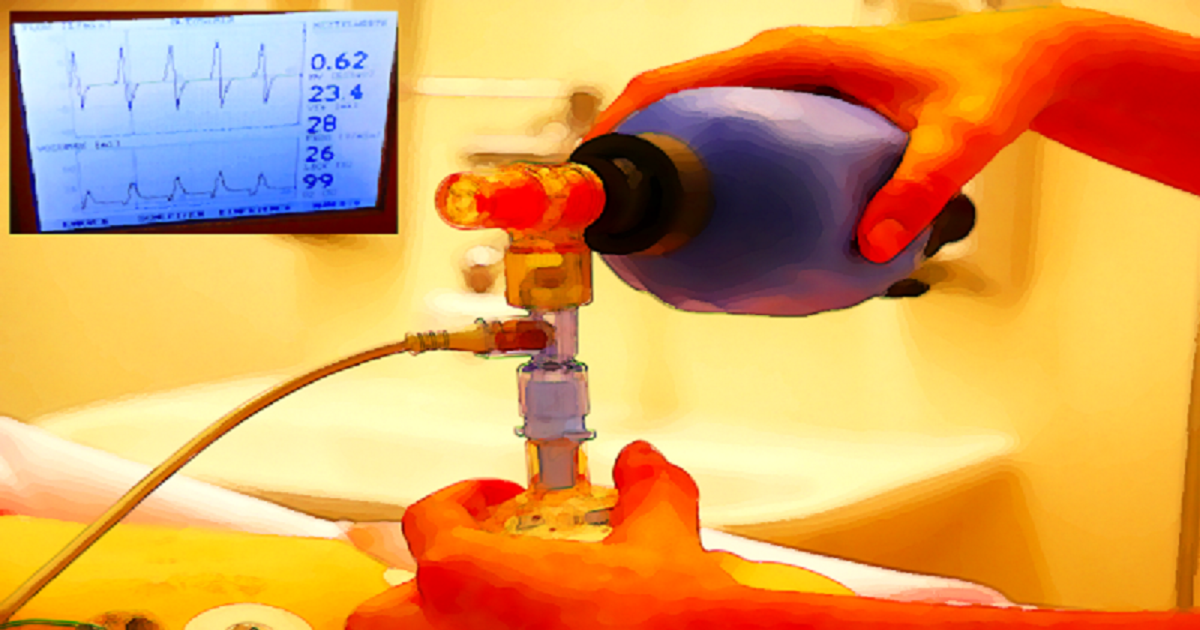- 2.1Impact Factor
- 3.8CiteScore
- 16 daysTime to First Decision
Stabilization and Resuscitation of Newborns: 2nd Edition
This special issue belongs to the section “Pediatric Neonatology“.
Special Issue Information
Dear Colleagues,
Annually, approximately 13–26 million newborns worldwide need respiratory support immediately after birth, and another 2–3 million newborns need extensive resuscitation including chest compressions and drug administration. Despite a significant increase in knowledge and enhanced therapy strategies over the past few years, there is still a high incidence of mortality and neurologic morbidity in those patients. Therefore, further research is highly warranted supporting or introducing novel therapies or concepts in the area of the stabilization and resuscitation of preterm and term newborns. Current hot topics in the field include initial ventilation strategies, (difficult) airway management, oxygen titration, the timing of umbilical cord clamping, body temperature control, cardio-circulatory support such as chest compressions, vascular access and emergency medication, and post-resuscitation care. Another crucial topic is neonatal resuscitation education ,including simulation-based training to improve patient safety and clinical outcomes.
Considering the success and popularity of the Special Issue “Stabilization and Resuscitation of Newborns” previously published in the journal Children (https://www.mdpi.com/journal/children/special_issues/Stabilization_Resuscitation_Newborns), we are now releasing a Second Issue aiming to gather original research papers and review articles focused on stabilization and resuscitation of preterm and term infants. In this Special Issue of Children, senior investigators are welcome to invite mentees and colleagues to co-author submissions under their supervision. We look forward to receiving your contributions.
Dr. Bernhard Schwaberger
Guest Editor
Manuscript Submission Information
Manuscripts should be submitted online at www.mdpi.com by registering and logging in to this website. Once you are registered, click here to go to the submission form. Manuscripts can be submitted until the deadline. All submissions that pass pre-check are peer-reviewed. Accepted papers will be published continuously in the journal (as soon as accepted) and will be listed together on the special issue website. Research articles, review articles as well as short communications are invited. For planned papers, a title and short abstract (about 250 words) can be sent to the Editorial Office for assessment.
Submitted manuscripts should not have been published previously, nor be under consideration for publication elsewhere (except conference proceedings papers). All manuscripts are thoroughly refereed through a single-blind peer-review process. A guide for authors and other relevant information for submission of manuscripts is available on the Instructions for Authors page. Children is an international peer-reviewed open access monthly journal published by MDPI.
Please visit the Instructions for Authors page before submitting a manuscript. The Article Processing Charge (APC) for publication in this open access journal is 2400 CHF (Swiss Francs). Submitted papers should be well formatted and use good English. Authors may use MDPI's English editing service prior to publication or during author revisions.
Keywords
- birth asphyxia
- preterm birth
- initial ventilation strategies
- airway management
- oxygen titration
- timing of umbilical cord clamping
- temperature control
- chest compressions
- vascular access
- emergency medication
- congenital diaphragmatic hernia
- post-resuscitation care
- simulation in neonatal resuscitation
- patient safety

Benefits of Publishing in a Special Issue
- Ease of navigation: Grouping papers by topic helps scholars navigate broad scope journals more efficiently.
- Greater discoverability: Special Issues support the reach and impact of scientific research. Articles in Special Issues are more discoverable and cited more frequently.
- Expansion of research network: Special Issues facilitate connections among authors, fostering scientific collaborations.
- External promotion: Articles in Special Issues are often promoted through the journal's social media, increasing their visibility.
- e-Book format: Special Issues with more than 10 articles can be published as dedicated e-books, ensuring wide and rapid dissemination.

